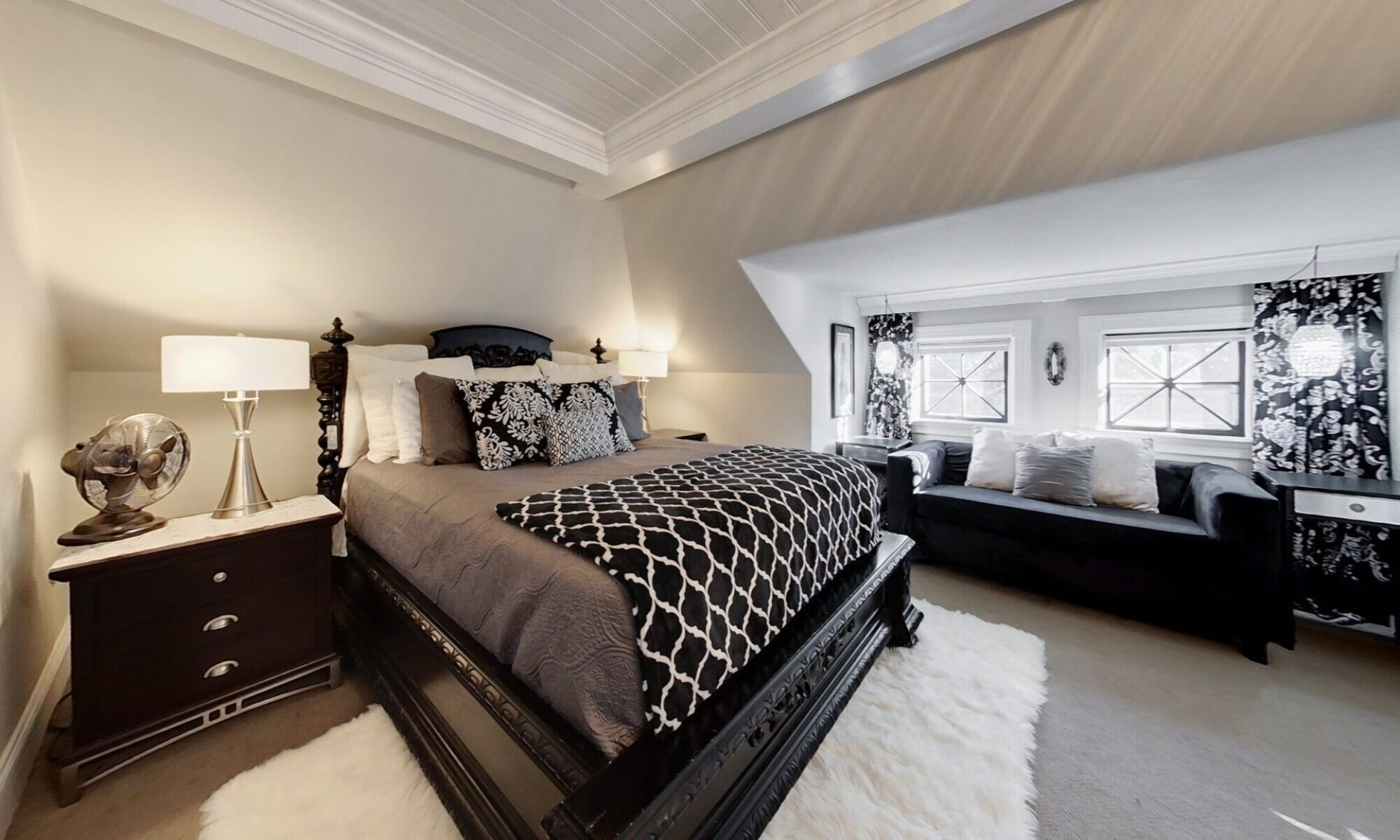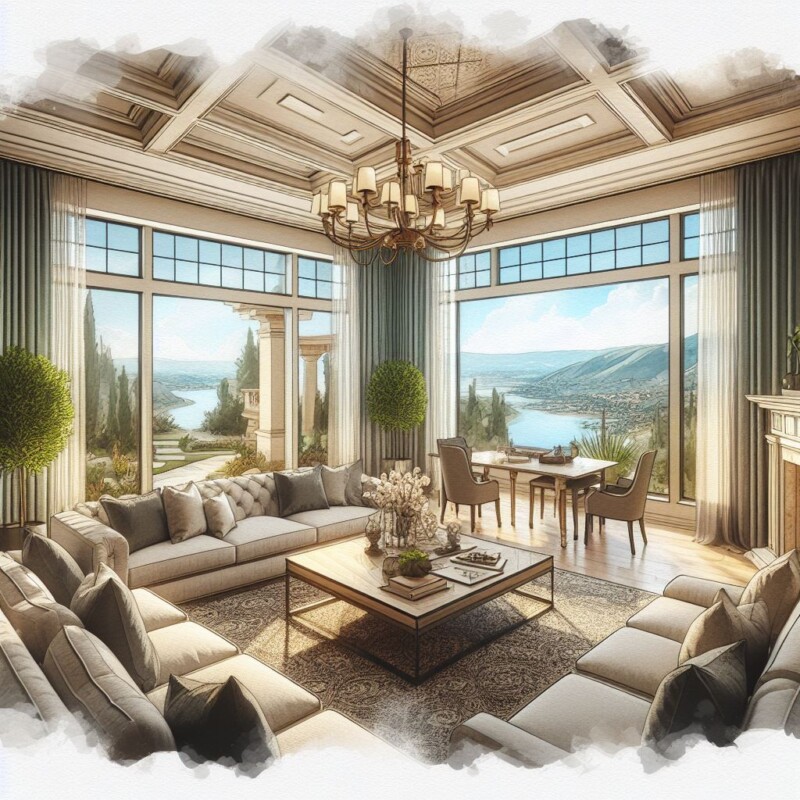Home staging is the art of preparing your home for sale, making it look attractive and inviting to potential buyers. It can help you sell your home faster and for a higher price, but it can also backfire if you make some common mistakes. Here are the top five home staging mistakes to avoid and how to fix them.
Mistake #1: Not thinking about how your home will photograph
Most buyers start their home search online, so you need to make sure your home looks great in photos. Photos can highlight the best features of your home, but they can also expose its flaws. To avoid this mistake, follow these tips:
- Clean and declutter your home before taking photos. Remove any personal items, such as family photos, knick-knacks, or religious symbols, that might distract or offend buyers.
- Use natural light as much as possible. Open the curtains and blinds, and turn on the lights in dark areas. Avoid using flash, which can create harsh shadows and glare.
- Choose a good angle and perspective for each room. Focus on the focal point, such as a fireplace, a window, or a piece of furniture, and avoid blocking the view with other objects. Try to capture the whole room, not just a corner or a wall.
- Hire a professional photographer if you can. They have the skills and equipment to make your home look its best.
Mistake #2: Arranging furniture on an angle
Some people think that angling furniture will make the room look bigger or more interesting, but it actually does the opposite. Angling furniture can skew the perspective of the space, make it look off-balance, and waste valuable floor space. To avoid this mistake, follow these tips:
- Align your furniture with the walls and the corners of the room. This will create a sense of order and symmetry, and make the room look more spacious and functional.
- Leave enough space between the furniture and the walls, and between the furniture pieces. This will allow buyers to walk around easily and imagine their own furniture in the room.
- Use furniture that is proportional to the size of the room. Avoid using too big or too small furniture, which can make the room look cramped or empty.
Mistake #3: Skipping area rugs in open concept layouts
Open concept layouts are popular among buyers, but they can also be challenging to stage. Without area rugs, the space can look cold, bare, and undefined. Area rugs can help you create cozy and distinct zones in your open concept layout, such as a living area, a dining area, or a home office. To avoid this mistake, follow these tips:
- Choose area rugs that match the style and color scheme of your home. Avoid using rugs that are too bright, too busy, or too contrasting, which can draw attention away from the rest of the home.
- Place area rugs under the main furniture pieces, such as the sofa, the coffee table, or the dining table. This will anchor the furniture and create a sense of harmony and cohesion.
- Make sure the area rugs are large enough to cover the floor space, but not too large to overlap or cover the hardwood or tile floors. This will show off the flooring and make the room look bigger.
Mistake #4: Making poor lighting choices
Lighting is one of the most important elements of home staging, as it can affect the mood, the ambiance, and the perception of the space. Poor lighting can make your home look dark, dull, and unwelcoming, while good lighting can make your home look bright, warm, and inviting. To avoid this mistake, follow these tips:
- Use a mix of different types of lighting, such as ambient, task, and accent lighting. Ambient lighting provides general illumination, task lighting provides focused light for specific activities, and accent lighting provides decorative or dramatic effects.
- Use the right wattage and color temperature for each type of lighting. For ambient lighting, use higher wattage and cooler color temperature, such as daylight or cool white. For task and accent lighting, use lower wattage and warmer color temperature, such as soft white or warm white.
- Replace any burned-out or outdated light bulbs, fixtures, or lamps. Choose energy-efficient and modern options, such as LED or CFL bulbs, and avoid using fluorescent or incandescent bulbs, which can create harsh or yellowish light.
Mistake #5: Trying to hide flaws
Every home has some flaws, such as cracks, stains, odors, or damages, that can turn off buyers. Some sellers try to hide these flaws by covering them up with paint, rugs, furniture, or accessories, but this can backfire if buyers discover them during the inspection or the walk-through. To avoid this mistake, follow these tips:
- Fix any major or minor flaws that can affect the value, the safety, or the functionality of your home. Hire a professional contractor or handyman if you need to, and get a home inspection before listing your home to identify any potential issues.
- Clean and sanitize your home thoroughly, especially the kitchen and the bathrooms. Remove any sources of bad smells, such as pets, smoke, or garbage, and use natural or neutral air fresheners, such as candles, diffusers, or plants.
- Be honest and transparent with buyers about any flaws that you cannot fix or that are part of the character of your home. Disclose any known defects or problems in the seller’s disclosure form, and explain how they affect the price or the condition of your home.
By avoiding these common home staging mistakes, you can make your home look more appealing and attractive to buyers, and increase your chances of selling your home faster and for a higher price. Happy staging!


